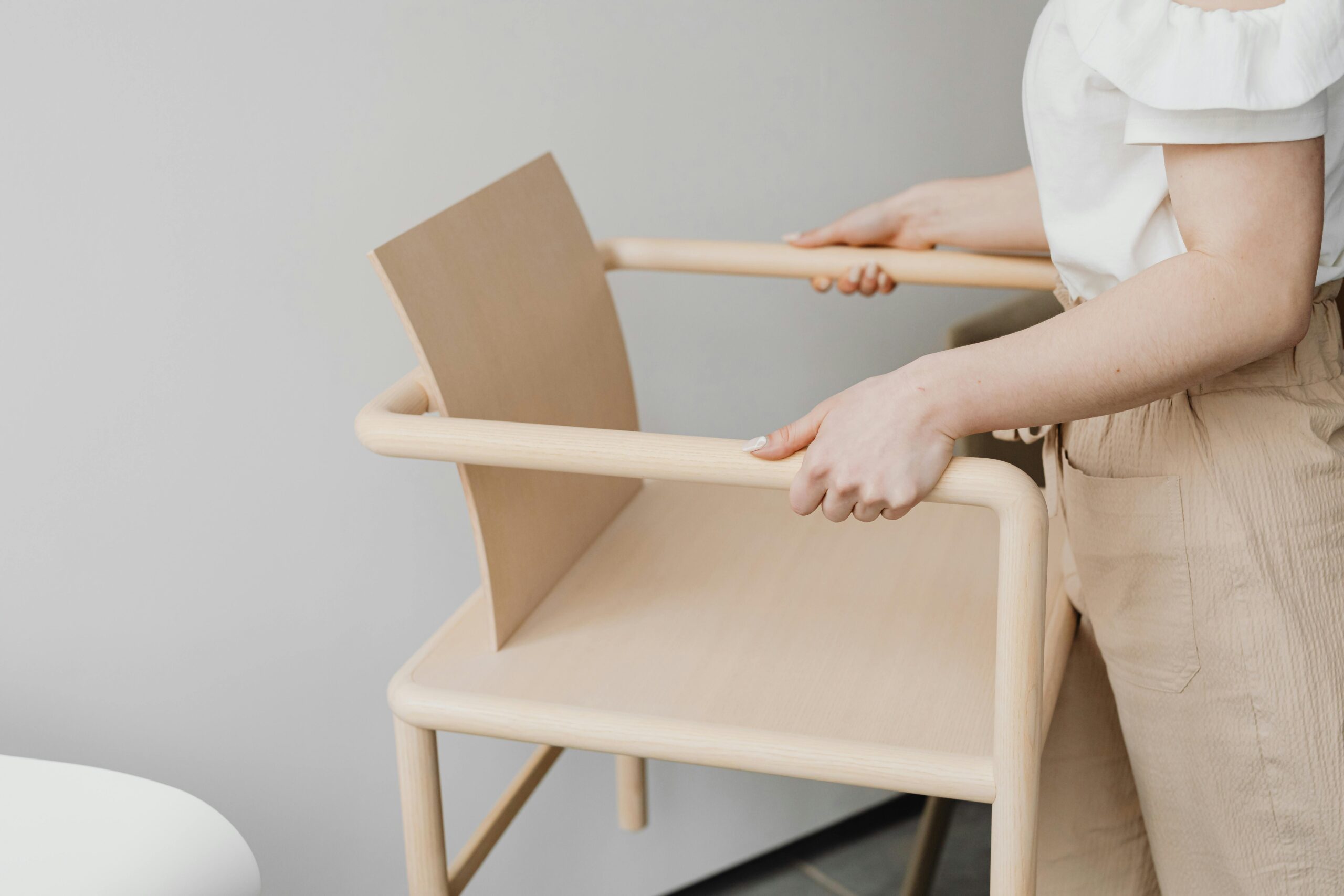Making mindful choices about furniture isn’t just a trend—it’s a significant step toward creating a more sustainable home environment. As we become increasingly aware of our environmental footprint, many homeowners are turning to eco-friendly home furnishings that balance style, functionality, and planetary health. This article explores various sustainable furniture options, from pieces crafted from reclaimed materials to vintage treasures, helping you make environmentally conscious decisions when furnishing your living spaces without compromising on aesthetics or quality.
Understanding Sustainable Furniture
Sustainable furniture encompasses pieces designed and manufactured with minimal environmental impact throughout their lifecycle. This includes consideration of raw materials, production processes, transportation, usage duration, and end-of-life disposal. Truly sustainable pieces often feature ethically sourced home decor elements, meaning workers receive fair wages and safe working conditions during production. When shopping for furniture, look for certifications like FSC (Forest Stewardship Council) for wood products or GREENGUARD for low chemical emissions. These standards ensure the pieces meet specific environmental and social responsibility criteria that go beyond marketing claims. The growing demand for sustainable furniture options has encouraged more manufacturers to adopt eco-friendly practices, making it easier than ever to find beautiful, responsible pieces for every room in your home.
The Benefits of Reclaimed Wood Furniture
One of the most popular sustainable materials in furniture production today is reclaimed wood, salvaged from old buildings, barns, factories, or even retired boats. The reclaimed wood furniture benefits extend far beyond their rustic aesthetic appeal. First, using reclaimed wood prevents further deforestation by giving existing timber a second life. These materials often possess exceptional durability, having already withstood decades or even centuries of use. The character and patina developed over time create unique pieces with history and soul that new materials simply cannot replicate. Additionally, reclaimed wood typically contains fewer chemicals than newer products, as many older woods were harvested before the widespread use of pesticides and preservatives. From dining tables to bookcases, reclaimed wood furniture brings warmth, character, and environmental responsibility into your home while creating distinctive spaces that tell a story through their materials.
Exploring Alternative Sustainable Materials
Beyond reclaimed wood, several innovative and renewable materials are making their way into eco-friendly home furnishings. Bamboo stands out as a particularly sustainable option, growing up to 91 cm per day without requiring replanting after harvest. Its strength-to-weight ratio rivals steel, making it ideal for furniture frames and surfaces. Cork, harvested from the bark of cork oak trees without harming them, provides a soft, resilient material perfect for stools, ottomans, and accent pieces. Recycled metals, particularly aluminum and steel, require significantly less energy to repurpose than producing new metal, resulting in furniture with substantially lower carbon footprints. For upholstered items, look for natural latex foam, organic cotton, hemp, or wool—all renewable resources that offer comfort with minimal environmental impact. AskHomey can help you find professionals who specialize in sustainable furniture restoration if you’re looking to refresh existing pieces rather than buying new ones.
Buying Vintage Furniture: Tips and Considerations
Purchasing vintage or secondhand furniture represents perhaps the most sustainable approach to furnishing your home. These pieces require no additional resources for manufacturing and prevent perfectly usable items from entering landfills. When exploring buying vintage furniture, tips from experts suggest examining structural integrity rather than focusing solely on cosmetic issues. Check for quality markers like dovetail joints, solid wood construction, and premium upholstery springs which indicate pieces worth investing in. Don’t shy away from items needing minor repairs or refinishing—these interventions often cost less than buying new while yielding unique, characterful pieces. Flea markets, estate sales, and online marketplaces offer treasure troves of vintage finds, but patience is essential; the perfect piece might take time to discover. Remember that mixing vintage items with contemporary elements creates dynamic, personalized interiors that reflect your unique style while making an environmentally responsible choice.
Creating an Ethically Sourced Home
Building a home with ethically sourced home decor extends beyond furniture to include textiles, lighting, accessories, and art. When selecting these elements, consider their origins, materials, and production methods. Handcrafted items from artisan cooperatives often ensure fair labor practices while preserving traditional crafting techniques. Natural fibers like organic cotton, linen, and hemp processed without harmful chemicals make excellent choices for curtains, throw pillows, and bedding. Energy-efficient lighting fixtures crafted from sustainable materials illuminate your space while reducing electricity consumption. Indoor plants purify your air while bringing nature indoors, completing your sustainable interior design scheme. The most successful ethically sourced homes combine environmental consciousness with personal meaning—spaces filled with items you truly love and will keep for years rather than disposable trends. This thoughtful approach creates interiors that nurture both inhabitants and the planet in equal measure.
Making Sustainable Furniture Choices: Practical Steps
Transitioning to a more sustainable furniture approach doesn’t require replacing everything at once. Begin by assessing your current pieces, identifying which items could be repurposed, refinished, or reupholstered before considering replacements. When new purchases become necessary, research brands committed to transparency about their materials, manufacturing processes, and labor practices. Prioritize quality construction that ensures longevity—well-made furniture that lasts for decades ultimately proves more sustainable than cheaper disposable alternatives regardless of materials. Consider multifunctional pieces that serve several purposes, reducing the total number of items needed. Finally, have a responsible end-of-life plan for furniture you replace—donate usable pieces to charity, sell them to new owners, or find specialized recycling programs for components that cannot be reused.
For more tips and to connect with reliable home service professionals, follow AskHomey on Facebook and Instagram.



